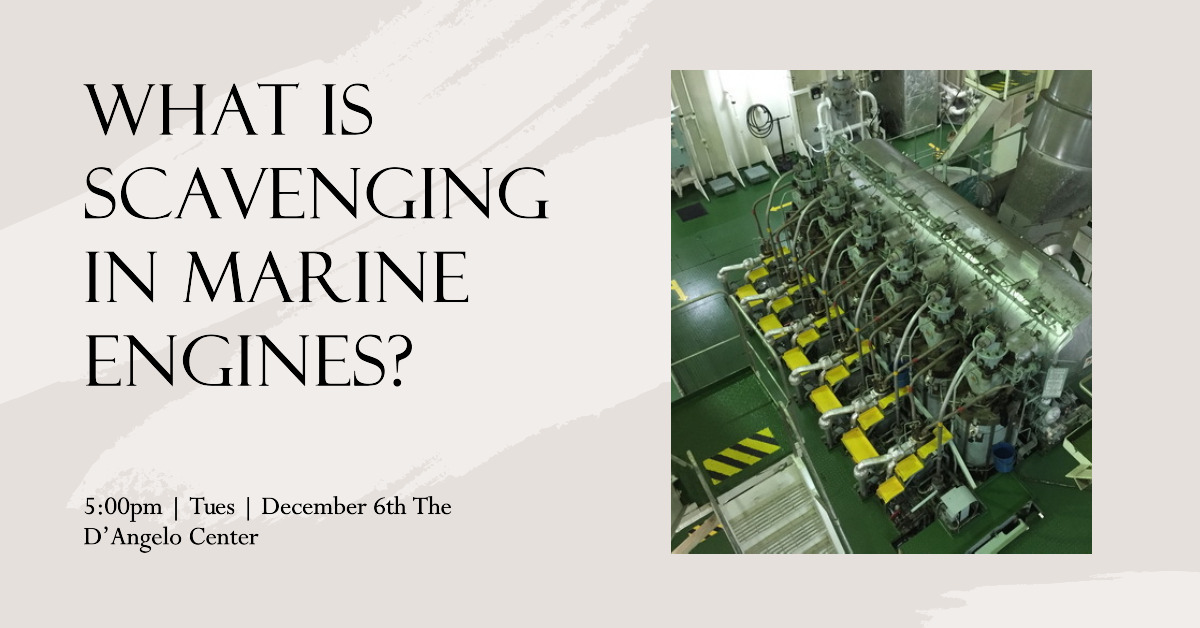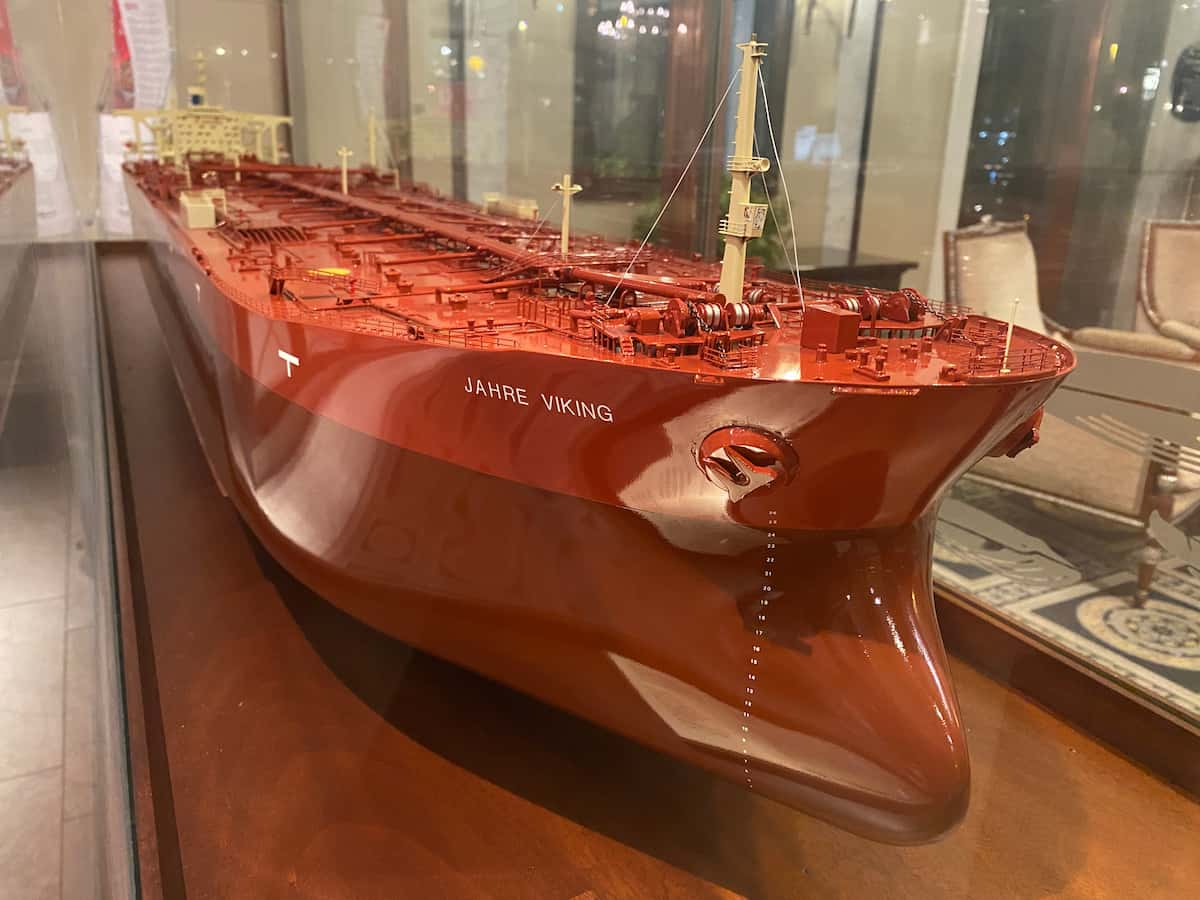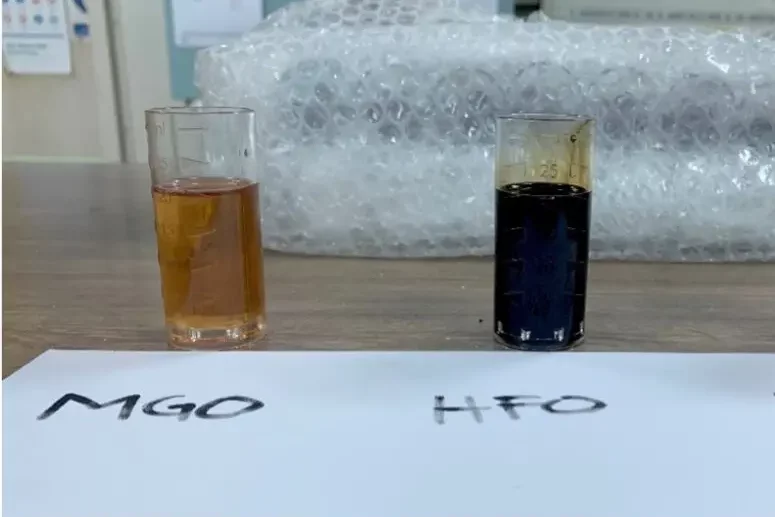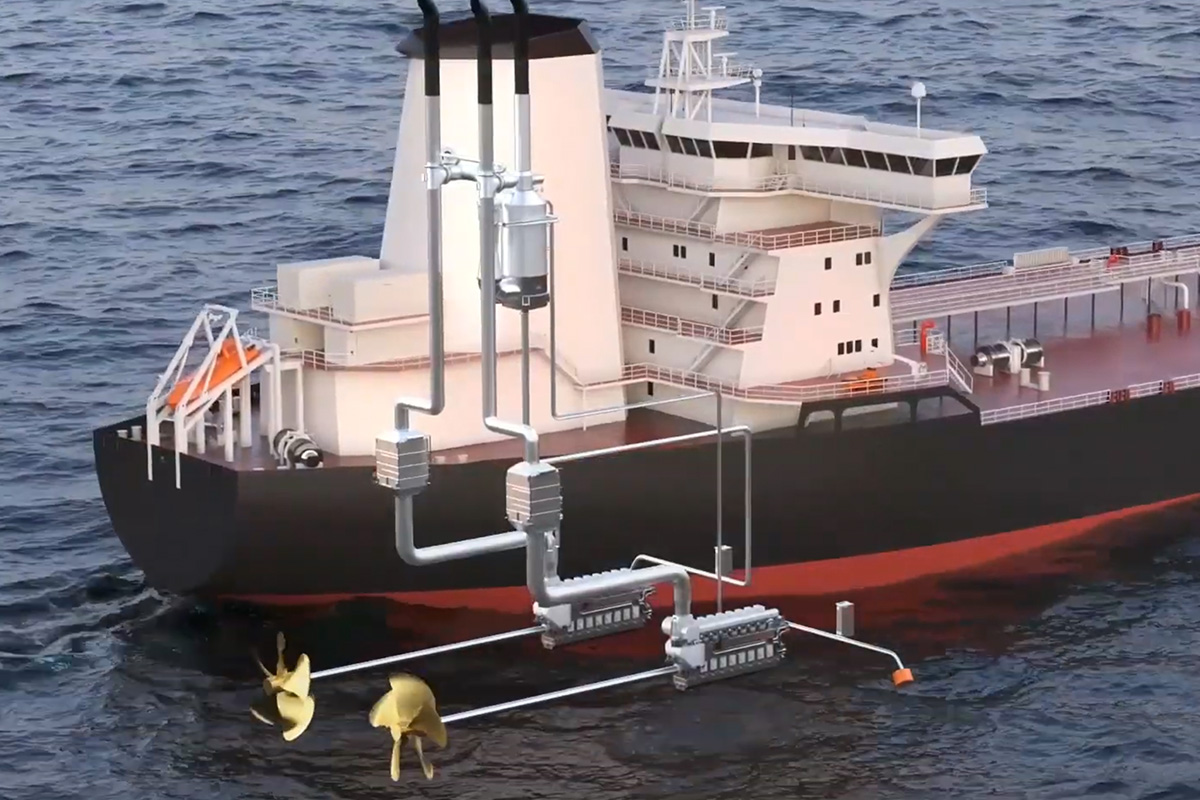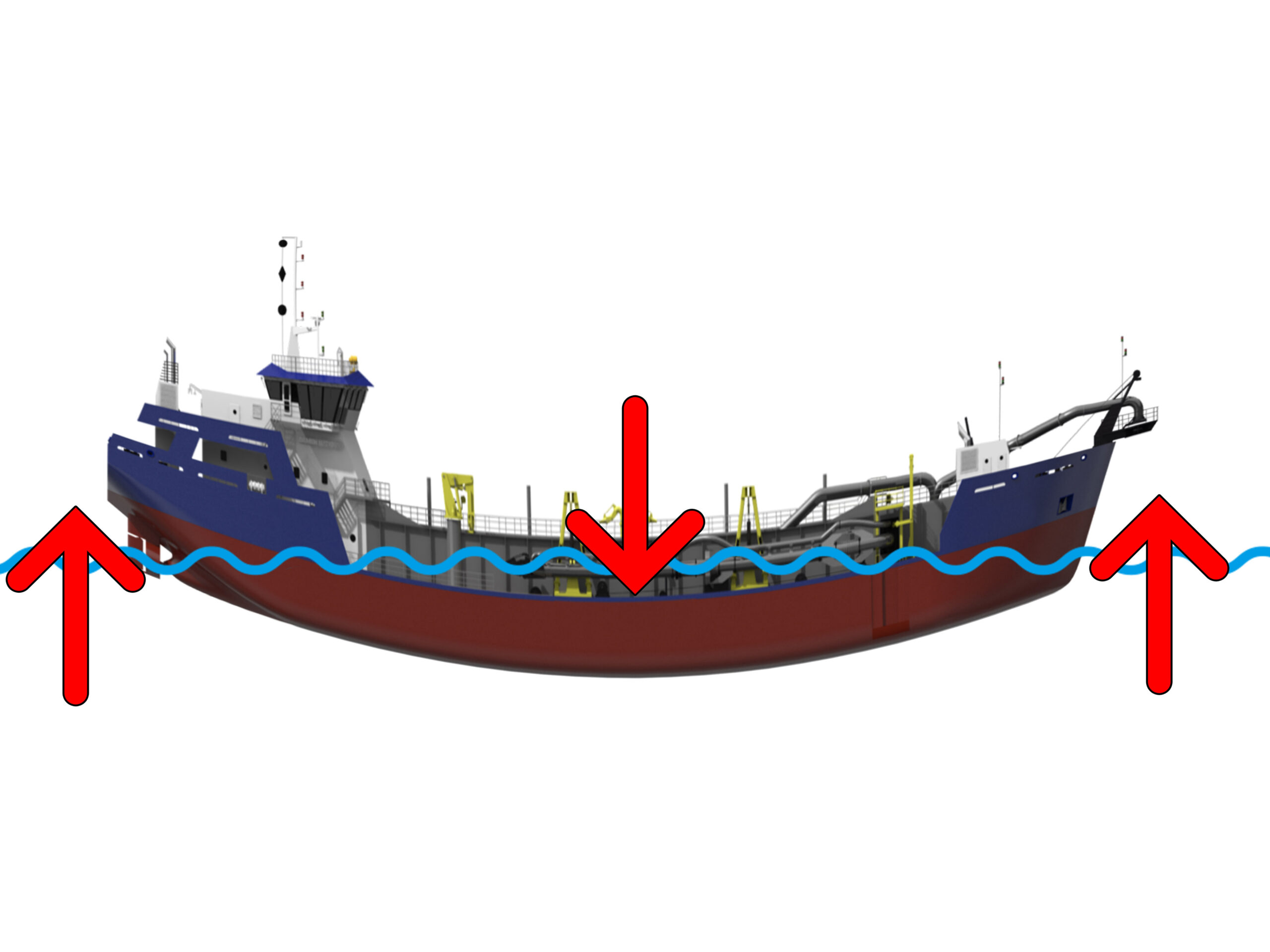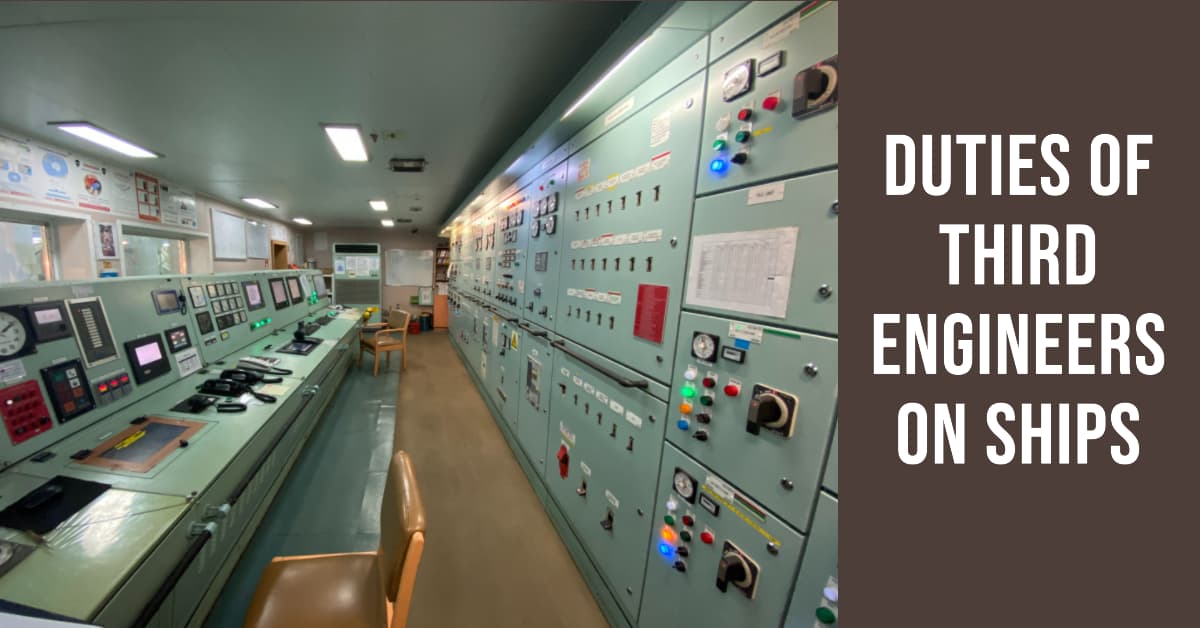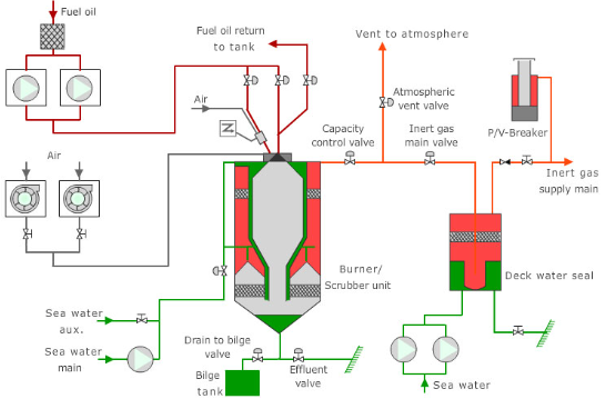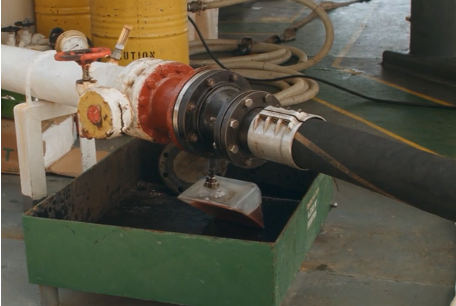
Cruise Ship Stabilizers: How They Work and Why They’re Important
Cruise ships are known for their luxurious amenities, fine dining, and exciting entertainment options. However, what many passengers may not realize is that these massive vessels are also equipped with […]

